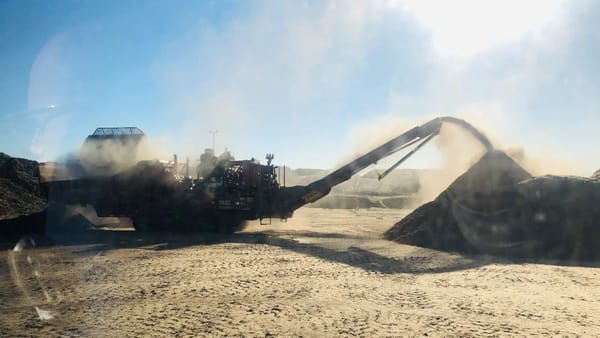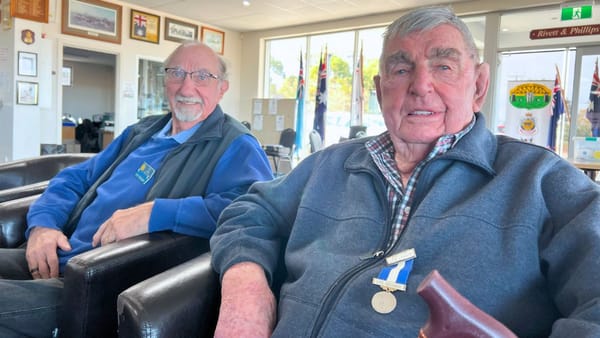Modular housing will be short-term solution for battlers in Murray Bridge
The state government plans to purchase transportable homes and deploy them in regions where there is a shortage of social housing, such as the Murray and Mallee.
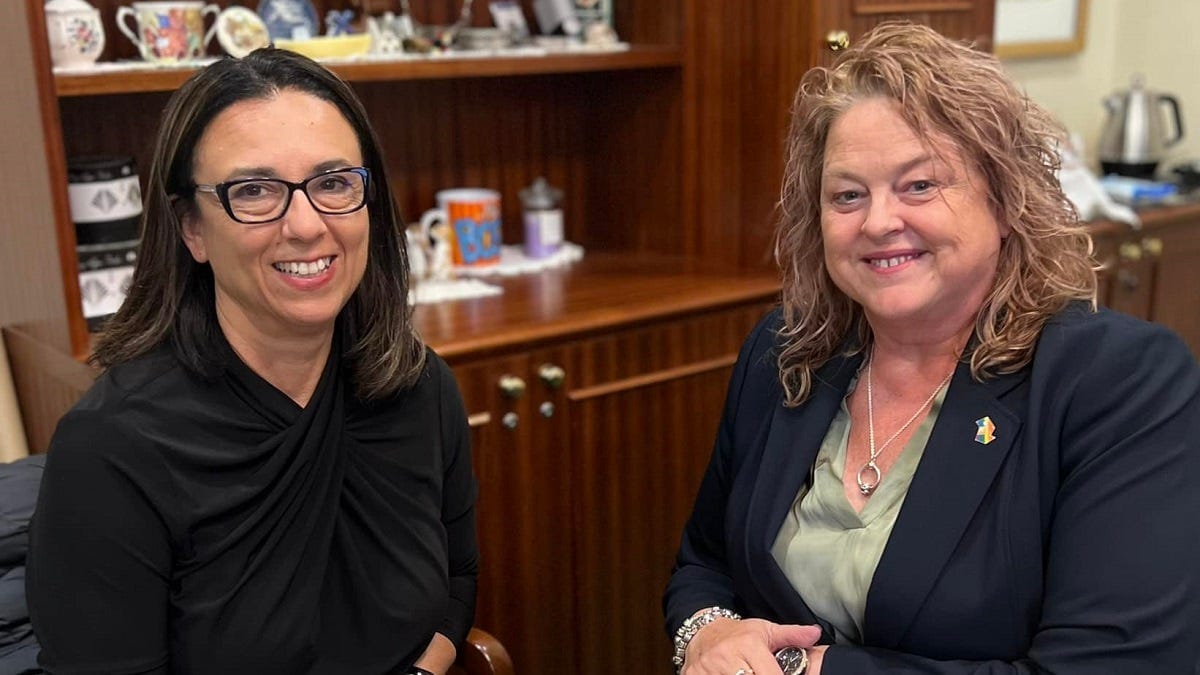
This post was originally published behind Murray Bridge News’ paywall. Paywalled posts are unlocked four weeks after publication. Can’t wait that long? Subscribe here.

The state government will invest in modular housing as a stop-gap solution to the Murraylands’ housing crisis, Human Services Minister Nat Cook has announced.
The government had previously committed to building up to 150 new, publicly owned homes in five regional South Australian centres, including Murray Bridge.
But that will take time.
Modular and transportable homes could be built and installed quickly giving the people who needed them most somewhere to go.
They were also flexible, Ms Cook said – they could be re-deployed wherever they were needed.
“Not only is the rental sector facing huge pressures right now in terms of availability and affordability, the construction sector … is struggling with labour and materials to boost supply,” she said on Wednesday.
“The combination of trade and labour shortages and the rising costs of building materials means have created huge challenges for traditional construction methods to deliver affordable homes quickly.
“We are looking at modular and transportable housing as a way to provide a rapid housing supply response and meet the needs of people who are doing it tough.”
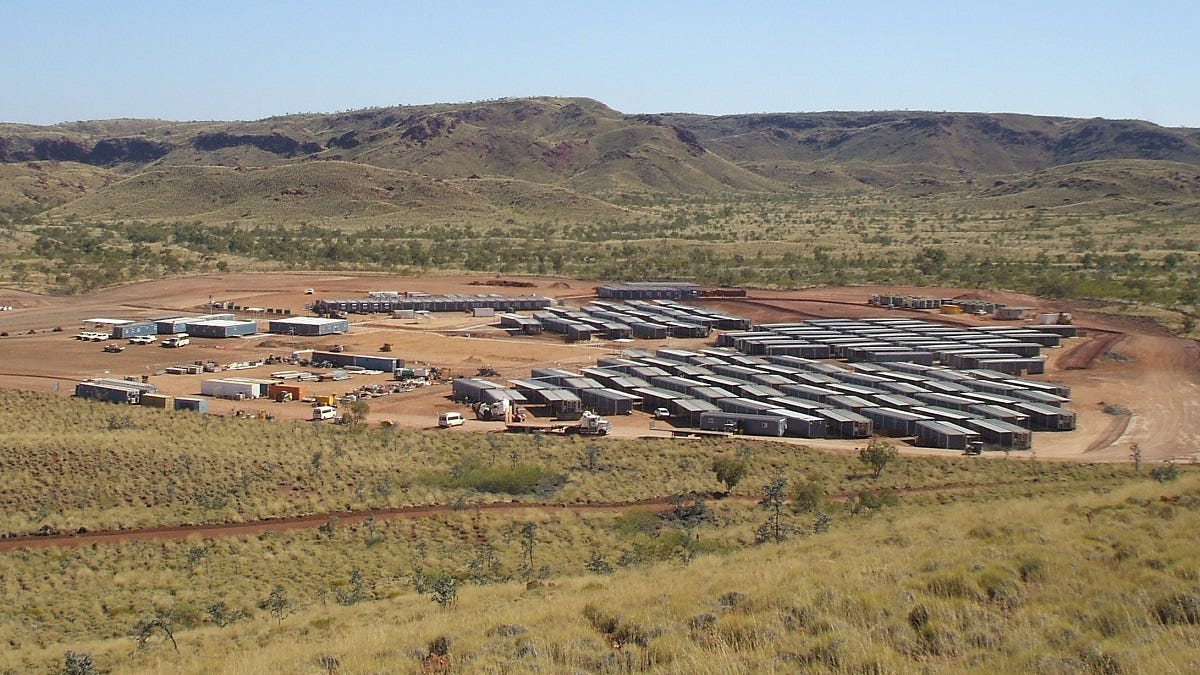
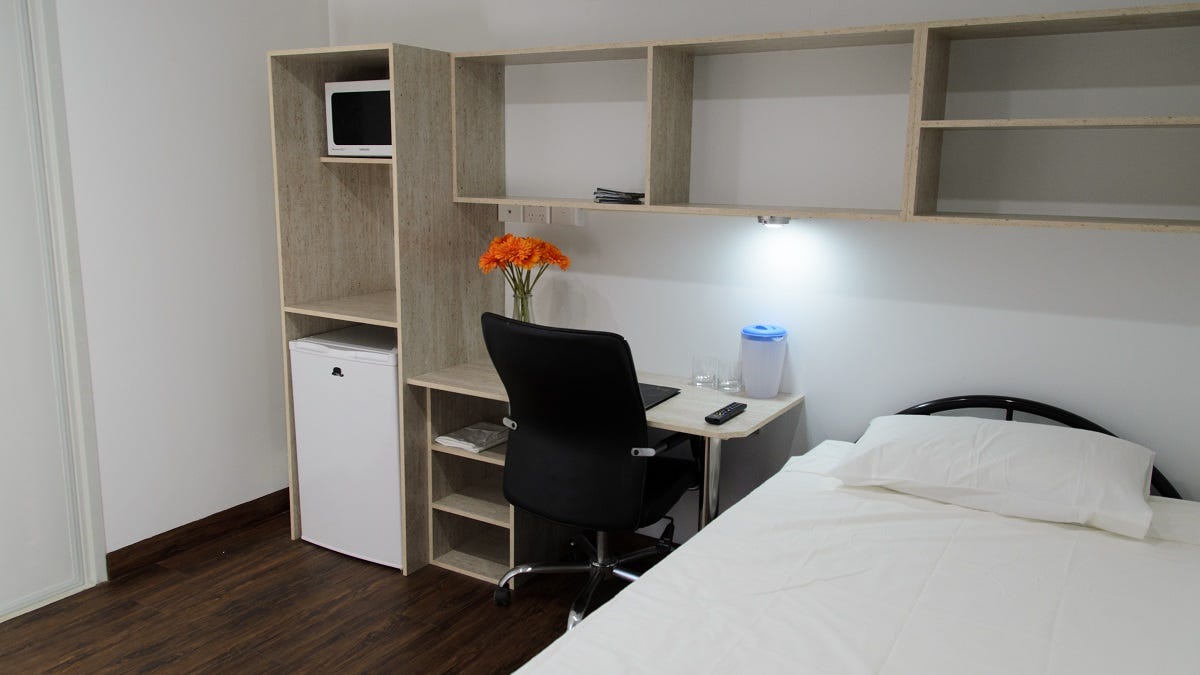
Manufacturers interested in supplying the modular homes will have to submit tenders by October 11.
Successful tenderers will be notified in November.
The single-storey, two-bedroom transportable homes would likely be installed in groups of 10 or so, according to the tender documents.
At last count, 98 per cent of Murray Bridge’s public housing stock was occupied.
Just 10 properties were vacant.
- More information: www.tenders.sa.gov.au.
Why is modular housing the answer?
At least one major employer in the Murraylands has already turned to modular housing as an answer to the rental accommodation shortage which has made it difficult to recruit workers.
Australian Portable Camps, which makes housing units for mining camps at Monarto, recently announced plans to install a few in its own backyard.
Other employers have also been considering the idea.
The measure was also one of the key recommendations made at a housing and workforce summit held in Murray Bridge this month.
Will Frogley, CEO of the Master Builders Association of SA, said modular housing was the way of the future.
“It’s very common already in other parts of the world, and it’s definitely going to be … a big part of our industry going forward,” he said.
Housing Industry Association executive director Stephen Knight was in favour of the idea, too.
Renewal SA board member Anne Moroney said today’s transportable housing was of a much higher standard than what was available a generation ago.
“If it’s well designed, if it’s passive in terms of its climate effect, people enjoy living in it,” she said.
However, the right amenities would need to be built around any temporary housing clusters to ensure they didn’t become ghettos.
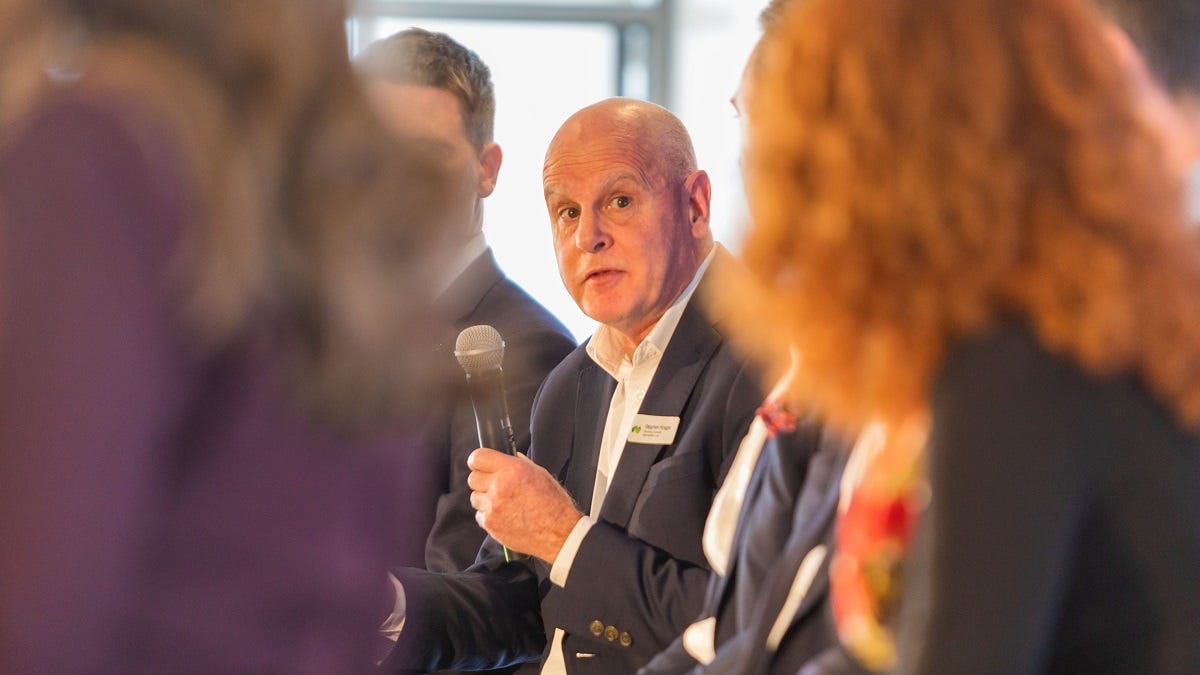
A panel of experts – also including the Property Council of SA’s Daniel Gannon, SA Planning Commission’s Craig Holden and local government representative Lea Bacon – discussed a range of possible solutions to regional South Australia’s housing crisis.
The ideas which came up included:
- Introducing incentives which would encourage people to rent out empty properties or holiday homes
- Allowing higher-density development in regional centres – even if it were just two-storey townhouses
- Removing stamp duty on housing purchases
- Letting landlords with large properties build a second home without having to subdivide
- Having not-for-profit organisations provide community housing
- Auditing land which could be used for housing, or empty houses, across SA
- Better coordination between state government ministers and departments
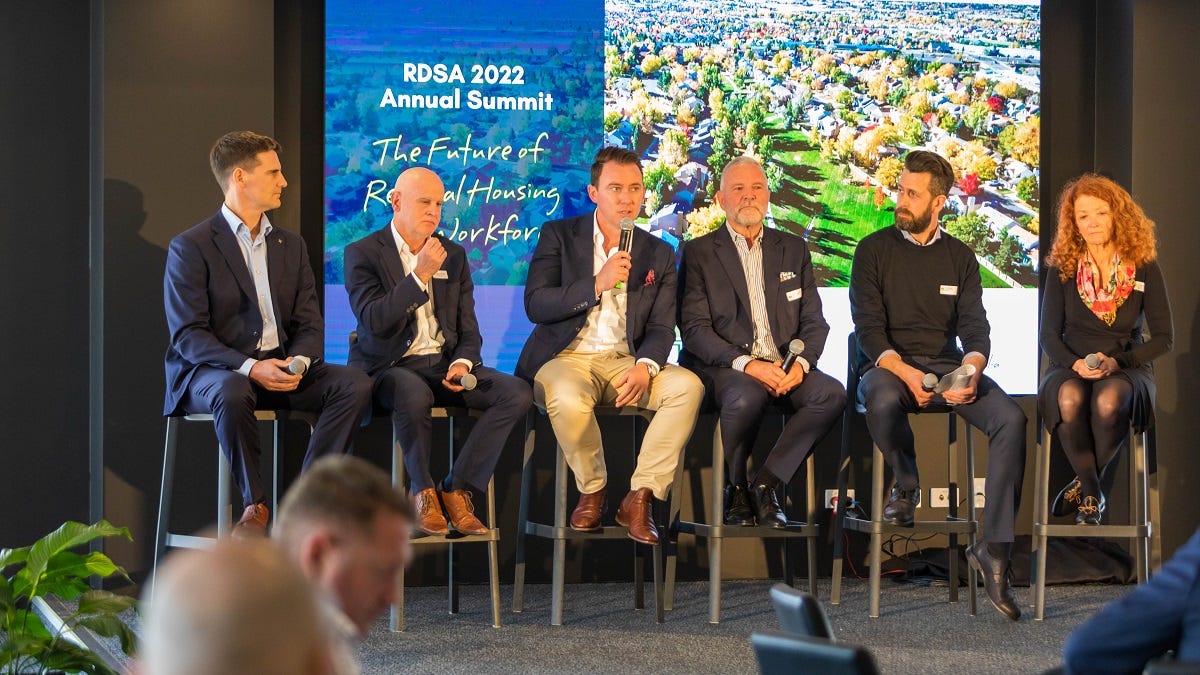
Whatever the solution, Mr Holden said, the state government needed to do something: “Without an intervention, we’ll be sitting here in two years’ time having the same conversation”.
The opportunity now facing regional South Australia, with more and more people looking to leave the big cities post-COVID, was not guaranteed to last, Mr Frogley said.
“People want space more than they did previously,” he said.
“Working from home has been normalised.
“The question is: is this a trend that’s going to stay, or are we going to revert to the pre-COVID drain to the cities and interstate?”


